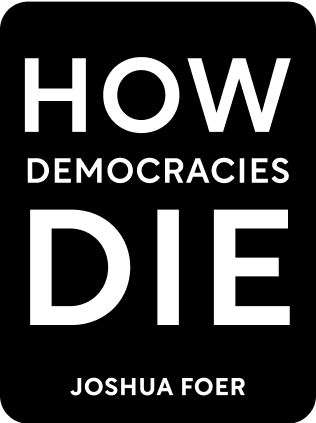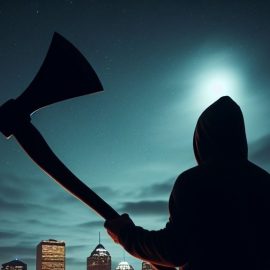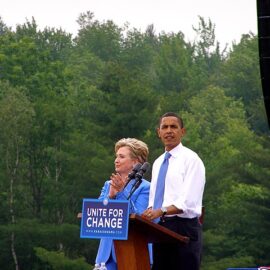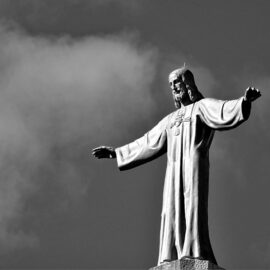

This article is an excerpt from the Shortform book guide to "How Democracies Die" by Steven Levitsky and Daniel Ziblatt. Shortform has the world's best summaries and analyses of books you should be reading.
Like this article? Sign up for a free trial here .
Are you looking for examples of authoritarian governments? What makes a leader or government authoritarian, anyway?
These authoritarian government examples range from Huge Chávez to Vladimir Putin. It’s important to note that not all authoritarian governments are the same, but they do follow similar tactics to seize power.
Keep reading for historic authoritarian government examples.
Authoritarian Governments Throughout History
These examples of authoritarian governments are well-known in history. Through authoritarian tactics, populism, and more, these authoritarians seized power and control over their governments, discarding democratic norms and principles in the process.
Hugo Chávez and the Death of Venezuelan Democracy
Unfortunately, the opposite dynamic played out in Venezuela in the 1990s with the rise of Hugo Chávez. Chávez was a political outsider and rabble-rouser, a former military officer who had been jailed for insurrection after leading a failed coup. But he became a hero to many Venezuelans for his fiery rhetorical attacks on what he portrayed as a corrupt and decadent political establishment.
The former president Rafael Caldera, seeking to regain his own hold on power, saw that Chávez could have a useful electoral appeal and sought to co-opt it. In 1993, Caldera was elected to the presidency as an anti-establishment independent candidate—all the while mimicking Chávez’s message and rhetorical style during the campaign. Caldera’s success as an independent also heralded the disintegration of the old party system, thus eliminating crucial gatekeepers from Venezuelan politics. Caldera quickly moved to release Chávez from prison, further boosting the latter’s standing as a legitimate political figure.
In 1998, Chávez himself was elected to the presidency and began the work of dissolving democracy and a free press in Venezuela. Caldera, thinking Chávez was merely a passing fad, had badly miscalculated by legitimizing and empowering him—the entire country would pay the price for his miscalculation.
Sweetheart Deals in Peru
In Peru, President Alberto Fujimori used the power of the purse to force television stations into giving him and his regime favorable coverage. He made it standard practice to award lucrative state broadcasting contracts only to friendly media outlets that promised to present his government in the most favorable light—creating a strong financial incentive for private media to collude with the regime, which many ultimately did.

———End of Preview———
Like what you just read? Read the rest of the world's best book summary and analysis of Steven Levitsky and Daniel Ziblatt's "How Democracies Die" at Shortform .
Here's what you'll find in our full How Democracies Die summary :
- How shared norms are essential for preserving democracy
- Why the Trump presidency threatened those shared norms
- Why democracy goes beyond individual leaders and parties and must be a shared enterprise among committed individuals






